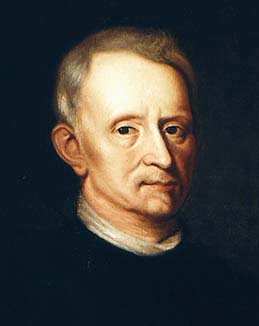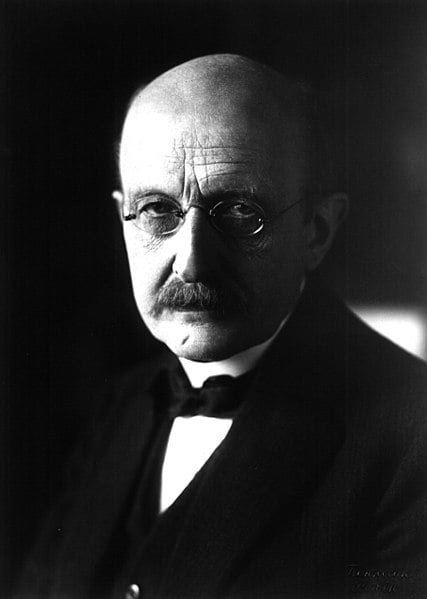| Name | Johannes Kepler |
| Born | 27 December 1571, Free Imperial City of Weil der Stadt, Holy Roman Empire |
| Died | 15 November 1630 (aged 58), Free Imperial City of Regensburg, Holy Roman Empire |
| Education | Tübinger Stift, University of Tübingen (M.A., 1591) |
| Known for | Kepler’s laws of planetary motion, Kepler conjecture, Rudolphine Tables |
| Scientific career | Fields: Astronomy, astrology, mathematics, natural philosophy; Doctoral advisor: Michael Maestlin |
| Major Works | Astronomia nova, Harmonice Mundi, Epitome Astronomiae Copernicanae, Astronomiae pars optica |
| Inventions | Keplerian telescope (improved version of the refracting telescope) |
| Positions Held | Mathematics teacher at seminary school in Graz, assistant to Tycho Brahe in Prague, imperial mathematician to Emperor Rudolf II, taught mathematics in Linz, adviser to General Wallenstein |
| Contributions | Fundamental work in optics, considered the father of modern optics, improved telescope designs |
| Legacy | Key figure in the Scientific Revolution, one of the founders of modern astronomy, scientific method, natural and modern science; influenced Isaac Newton’s theory of universal gravitation |
| Other Interests | Wrote on music, described as the “father of science fiction” for his novel Somnium |
| Philosophical Views | Incorporated religious arguments into his work, motivated by the belief that God created the world according to an intelligible plan; described his astronomy as “celestial physics” and transformed physical cosmology by integrating it with mathematical physics. |






¡Suena como un buen ajuste para ti Alex! Buena suerte con tu nuevo viaje de negocios de artesanía. 🙂